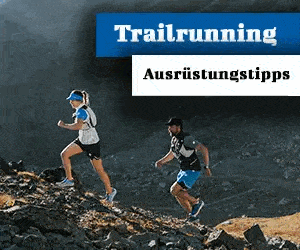If you regularly climb or even train specifically, you should think about balancing training. Because it comes quickly to imbalances, so to an unbalanced strengthening certain body parts. This increases the risk of injury. Here comes the so-called antagonist training to train. In today's article, Christoph Völker shows you a simple exercise: the handstand.
A contribution by Christoph Völker of target10a
For this exercise, you will need either a training partner or a wall to support your feet. In principle, it is also free with feet in the air, but then it is coordinatively really difficult!
To get into the position of the handstand, you stand like a 100m Sprinter in the starting block about half a meter away from the wall, then jump into the handstand and fall over easily. The feet then land on the wall. If you can sustain the body tension for this maneuver, you are now in the exercise position and hold it for a few seconds.
In this exercise, you should focus on a clean execution. Say the whole body stretched nicely and do not fall into the hollow cross!

This is how you perform the handstand
Try 2 - 4 sets with 6 - 12 seconds hold time each. Break about two minutes.
This is how the handstand works
The simple handstand trains especially the arm stretchers (triceps) and the shoulders (middle section of the Deltas). Both are muscles that you hardly need when climbing. Therefore, when it comes to climbing the handstand is an antagonist exercise. However, the body tension and coordination is also trained. If you do the exercise with feet free in the air, the handstand is above all very coordinative. Incidentally, the exercise also expands the forearm muscles.
If the exercise is mastered, you can put it into training every few weeks to keep it level!
Video: The handstand as a balance training for climbing
You may also be interested in
You want to know more about the training?
Other Training tips can be found here.
You lack the necessary equipment for training?
You can find articles for your personal training www.target10a.com
+ + +
Credits: picture and text Christoph Völker / target10a.com



